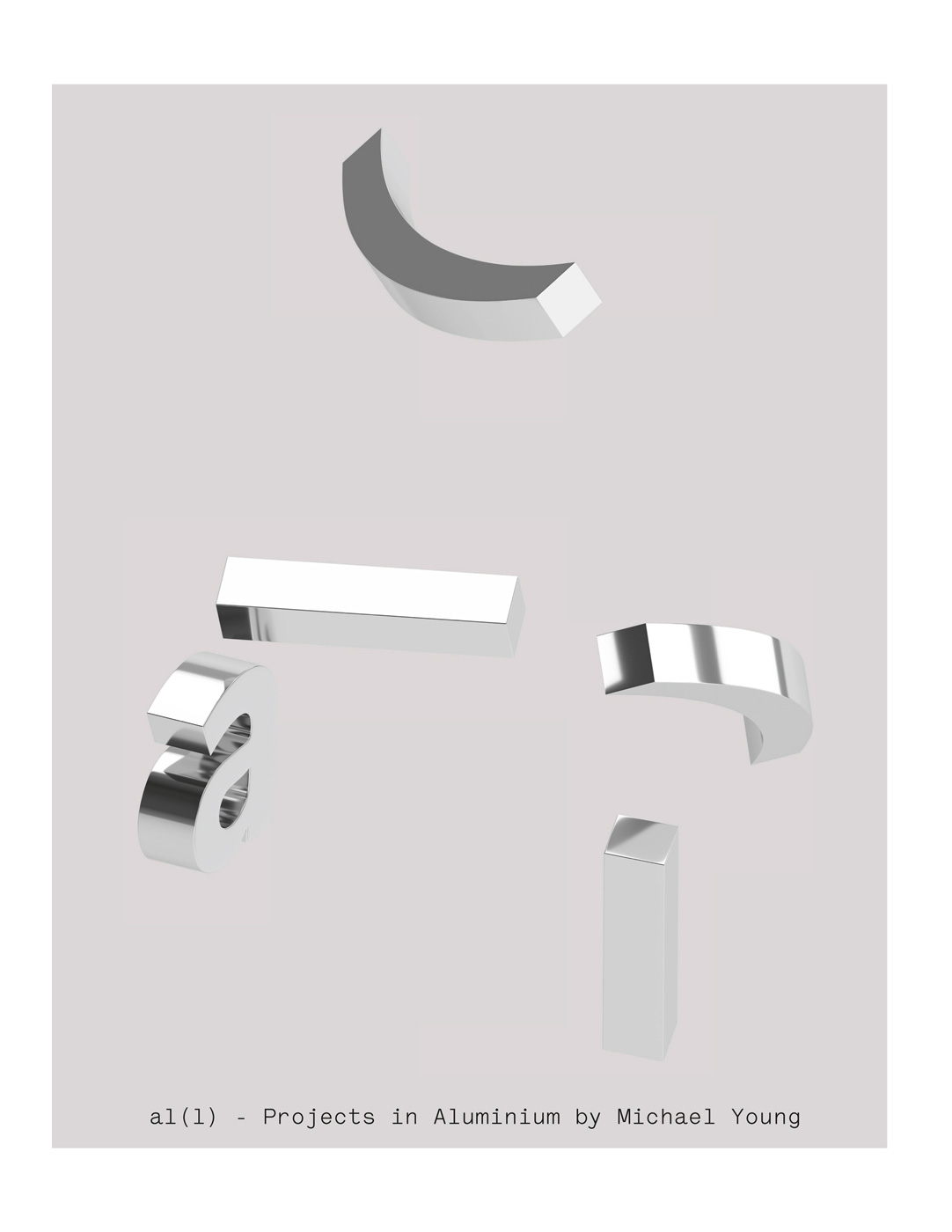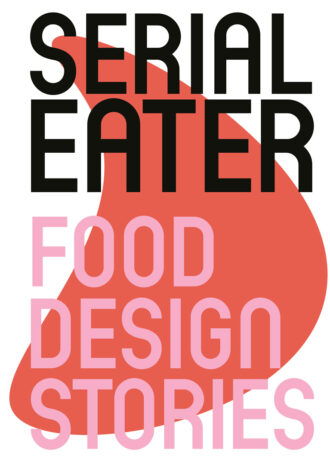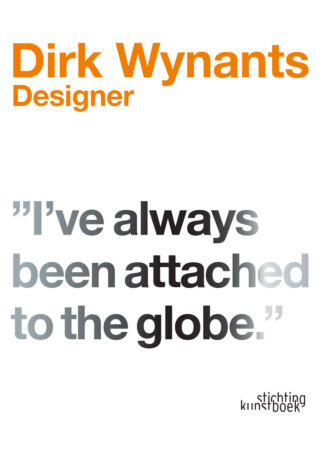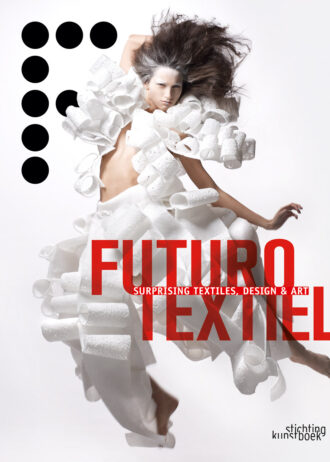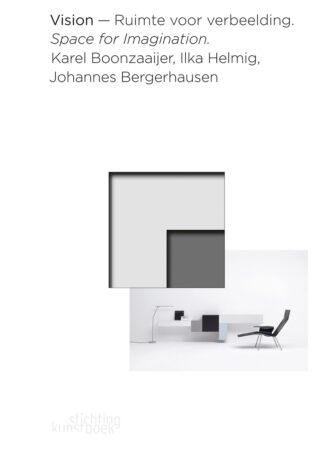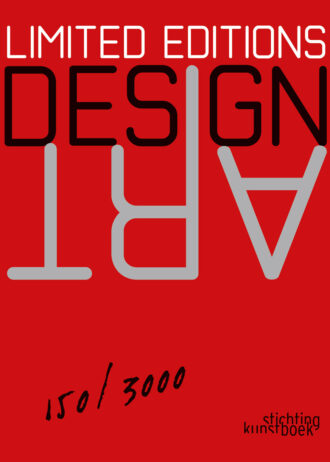Serial Eater – Food Design Stories
€35.00De tentoonstelling SERIAL EATER in CID Grand-Hornu ontleedt dertig jaar van experimenteren met, en nadenken over het ‘object’ voedsel. De analyse van Food Design, vanaf de ontwikkeling ervan in de jaren negentig tot de implicaties vandaag, maakt het mogelijk om veranderingen in de consumptiegewoonten en de bewustwording rond het ‘food system’ te begrijpen.
Welk type van consument zijn wij, hoe beoordelen wij onze impact in het huidige bestel en wat accepteren wij op ons bord?

